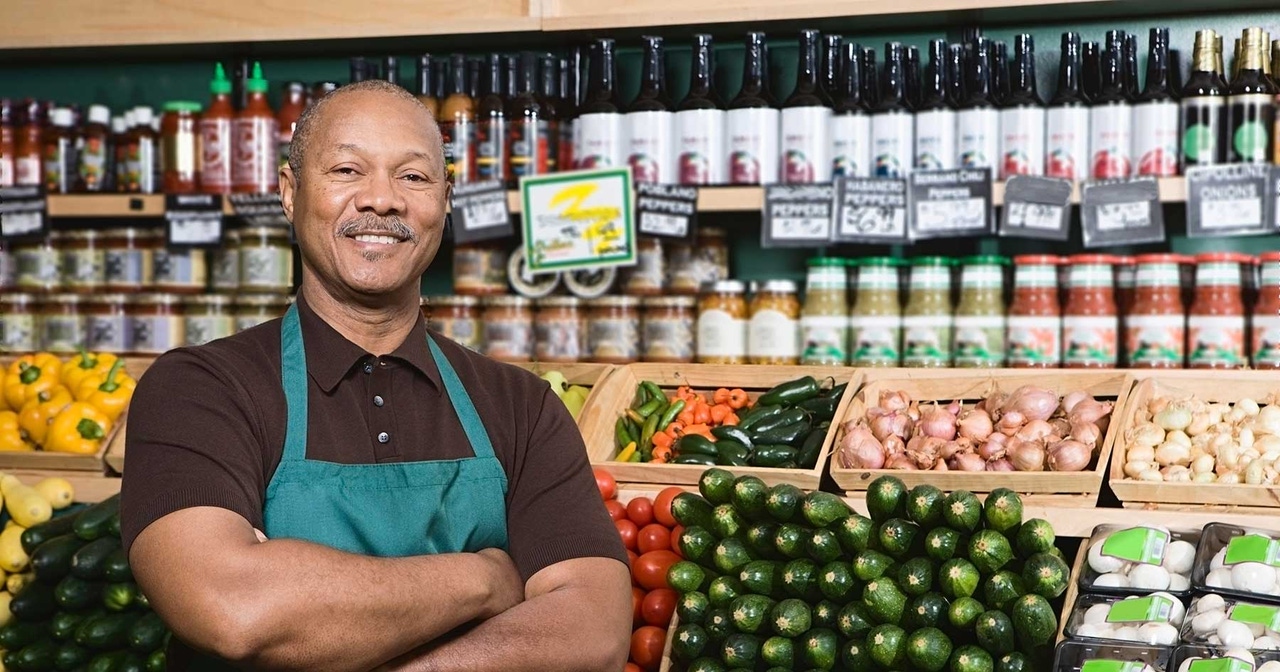New Year Ushers Wage Increases in 19 StatesNew Year Ushers Wage Increases in 19 States
29 states now have local or state minimum wages in excess of federal minimums. As of Jan. 1, 29 states now have local or state minimum wages in excess of federal minimums.

Hundreds of grocery stores are paying their hourly workers more as local and state minimum wage increases go into effect in 19 states and 21 cities this week.
Eight of these states—Arizona, California, Colorado, Maine, Massachusetts, Missouri, New York and Washington—are phasing in minimum wage increases that will eventually reach $12 to $15 an hour. Thirteen cities and counties reached or exceeded the $15 benchmark at the start of 2019, according to an analysis by the National Employment Law Project (NELP), a New York-based think tank that supports labor-friendly policies, including the “Fight for $15” movement.
“Minimum wage increases resonate strongly with so many Americans because people feel like they’re working harder than ever but have little to show for it,” Christine Owens, executive director of NELP, said in a statement.
“Working people are struggling to pay their bills, but they see that it’s the corporations and the wealthy CEOs who are getting the tax breaks. It’s just not right,” Owens said. “The American people believe in the value of work—and that workers deserve to be valued. That’s why there’s such strong support for raising the minimum wage. People believe it’s the right thing to do, and they understand it’s one of the best ways to lift the incomes of working families who really need that money.”
Later in 2019, three states and 18 cities and counties will follow with additional minimum wage increases, and one additional state (Nevada) will also consider whether to raise its minimum wage, NELP’s report said.
By the time the multiyear minimum wage increases are fully phased in, 17 million workers will have received raises, accordingly to NELP’s analysis. An earlier study released by NELP found that 22 million workers have earned $68 billion in raises since 2012, when the “Fight for $15” movement began, through a combination of state and local minimum wage increases together with action by employers to raise their companies’ minimum pay scales.
NELP has decried what it called a “poverty-level” federal minimum wage, which has remained at $7.25 an hour since 2009, although as of Jan. 1, 29 states now require local or state minimum wages in excess of federal minimums. According to NELP, cost-of-living data shows that in all 50 states, workers will soon need $15 an hour or more just to afford basic living expenses.
“Here in the United States and around the world, we are seeing that politicians who ignore working people’s demand for economic fairness do so at their own peril,” Owens said. “That’s an important message for members of Congress to hear. It’s time they follow the lead of the states and cities. It’s time to raise the wage.”
About the Author
You May Also Like






